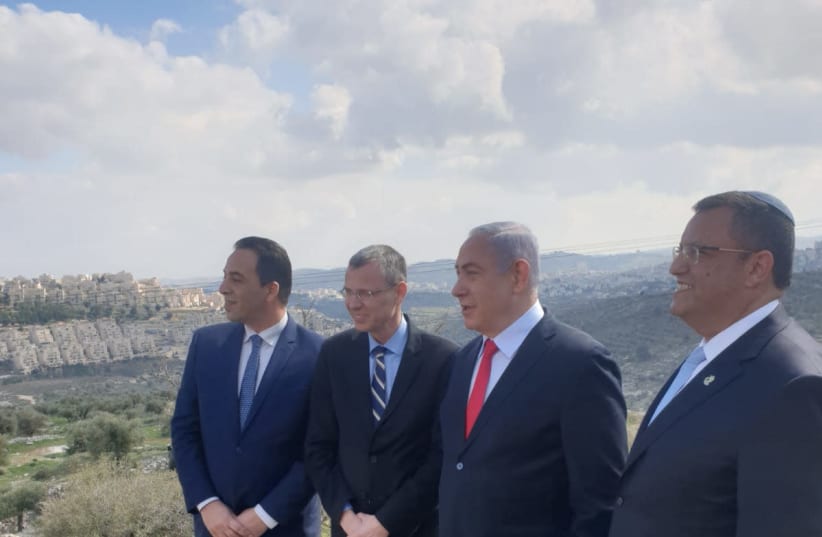Netanyahu solidifies united Jerusalem with Givat Hamatos, Har Homa pledge
Israel views Har Homa and Givat Hamatos as essential to its vision of a united Jerusalem, while opponents believe they make the division of Jerusalem along the 1949-1967 armistice line impossible.
